For a newborn and his parents, each new stage of development is always found with the joy of a great achievement. Before teaching the child to take the first uncertain steps, he should undergo an active crawl training.
Content
From the very birth, the baby carefully studies his body, its capabilities and the surrounding world, which provides for constant motor activity. After active movements with his miniature legs and hands, the child seeks to move towards an interesting one and begins to crawl. It is the process of crawling that is considered the previous stage in the harmonious and full development of the baby and the excellent preparation of muscles for walking.
Many parents tirelessly wonder when and how to correctly teach to crawl their baby, because most want their child to get ahead of peers in development. Some, on the contrary, believe that crawling is not particularly important and do not seek to instill new skills rather, referring to natural development processes without extraneous development. Modern pediatrics cannot categorically support any of the listed points of view and also disagree.
When should the child crawl?
Most practicing pediatricians believe that it is not recommended to miss an important stage of crawling, since early uprising can create an increased load on the child’s spine and create serious problems in the future. It is during such a preparatory stage that the muscles of the neck, back, arms and legs are trained, which help in the future to support the spine and confident walking. With the development of this skill, children's thinking begins to work actively, ensuring coordinated coordination of movements in the alternation of the arms and legs.
However, according to a popular doctor and TV presenter Dr. Komarovsky, in modern practice there are many cases when a child to learn to actively crawl and begins to walk later, and have poorly mastered this skill or have generally missed such a stage - they learn directly without dangerous consequences. Usually, after 3 months, the kids begin to turn over, which can significantly increase the review for cognition. Uncertain attempts to get closer to interesting objects begin at 5 months, which allows the muscles to fully get stronger and learn to crawl well on all fours from 7 months.
Stages of development of crawling
Creation is a preliminary training before walking and can be formed from several main skills:
- Most begin to crawl on the stomach. This process is purely individual and can be directed not only directly, but also in one of the sides or backward.
- A full -fledged stage of crawling can be called the time when the baby to show his arms forward and with a sharp movement to put bent or straight legs both together and alternately. Also, children can immediately stand on all fours and, swinging, put their hands alternately, and then move their legs as they move.
- Cross crew is considered the most difficult stage for development, but also greatly facilitates further absorption of walking skills. The sequential movements of the limbs should be replaced alternately, which contributes to the development of coordination.
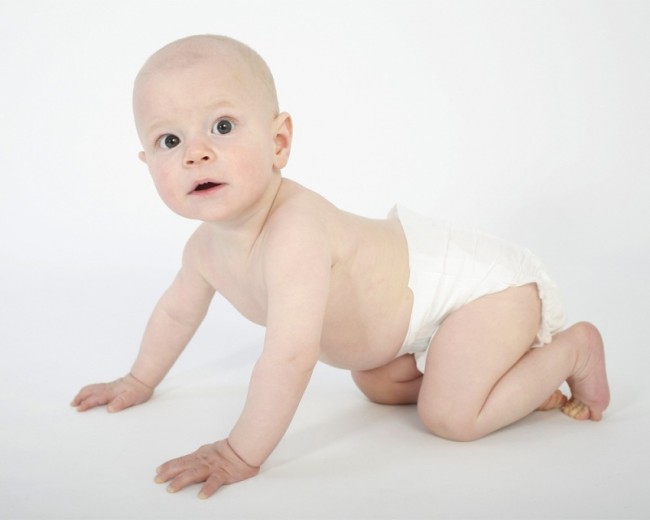
How to teach a child to crawl?
Preparatory massage to teach a child to crawl
The pediatrician can prescribe a special massage course to strengthen the spinal muscles and limbs, but only a specialist is recommended for such a medical and health procedure. However, parents can perform a simple general strengthening massage complex on their own at home in order to teach the baby to crawl faster. There are certain restrictions and rules for performing such daily prevention procedures.
The main aspects that should be taken into account with the strengthening massage of the muscles of the back, arms and legs:
- It is best to carry out the procedure on the table for swaddling or any other flat surface, having previously covered it.
- Massage should be carried out no more than once a day for 5-10 minutes.
- The massage procedure should not be performed directly half an hour before or after feeding, as well as if the newborn begins to be capricious during its conduct.
- It must be remembered that the baby’s skin is very delicate and sensitive, so intense movements can harm - it is better to limit yourself to stroking.
- Strokeing the legs is recommended to be carried out from the feet to the joints, gently bypassing the knee area.
- Stroking the hands should be directed from the hands to the forearms from the outside and on the inner surface.
- Strokes of the back are carried out on the stomach in the direction of the top-down.
- After intense strokes, light kneading of the palms and feet can be applied.
- The hands of parents should be clean and warm without any jewelry.
- You should also leave the newborn daily to lie on the stomach and stretch to interesting objects on a flat surface for about 10 minutes to develop and strengthen the muscles of the neck and back.
Exercises to teach a child to crawl
When your child already confidently performs the coups and even slightly rises on the stomach, it is recommended to start performing the stimulating strengthening and development of muscles of mild gymnastics:
- We move our hands. Keep the baby under the chest and put in your arms, giving your legs. Put an interesting item in front of him and, pushing behind, stimulate the movements of the hands.
- Frog. When the child lies on his back, take his lower legs and slowly bend his feet to each other, and then extend. Turning it on the stomach, put your palms under the baby’s feet, pressing them slightly so that he can push off or tickle his heels.

- On an inflatable ball. The implementation of various provisions contributes to the development of the muscles of the back and facilitates colic in the child. The starting position with the stomach on the ball, the parents, holding under the arms, slightly sway the ball forward and backward.
- Support on hand. To crawl confidently, the child should stand on both hands and each alternately. To strengthen this skill, bring an interesting item on top when the baby lies on his stomach, he will try to reach behind him, and then take one hand and lean on the other.
- Revolutions. For better assimilation of the coups to the sides, put the thumb in the hand of the child and take the brush with your hand, and hold your leg with the other hand. Direct the child’s body in different directions alternately, stimulating turns on the side and then on the stomach.
- We move your knees. Under the elbows of the child, put a folded blanket, and the legs bent at the knees, put on the floor and move the blanket in front of him so that he learns to move independently on his knees.
- Help in crawling. Place an interesting item within the reach of the child and put it on all fours, and then move in turn with your hands and feet so that it masters the correct movements of movement.
- We are on the knees. Holding the baby under his arms and chest, put him on his knees with his back to yourself, help him walk this way. After mastering the skill, put the child in his arms.
- We stand on our hands. To strengthen the muscles of the hands, put a folded towel under the stomach so that it intuitively rises into his hands.
- Four stand. The blanket from the blanket should be put vertically along the abdomen and chest of the child, the baby will instinctively try to rely on the arms and legs hanging above the floor.

- Hand training. To strengthen the muscles of the hands and back, you should take the child by the hands so that he holds you by the thumbs. The child’s hands should be lifted alternately, spread to the sides and crossed on the chest. You can also slightly raise the child by the hands and smoothly lower it.
- Strengthening the vestibular apparatus. Put a small roller from a towel under the chest when the child lies on his stomach, and lift his upper part of the body so that he can freely move his hands, and the stomach and legs are on a flat surface.
Education recommendations
To prepare for crawling, a clean floor covered with a blanket or a special rug is best suited. It is better to put your favorite toys around the baby so that he sought to reach them. At first, you can help the child, substituting a palm or a thick book for repulsion under the heels.
If the baby fails with the first attempts, do not scold it and force it to repeat too complex movements. Perhaps he is tired today and will try next time. If the first crawls were a success, then praise the child, and if you fall or hit, do not show your own fright, distract the baby with a cheerful song or a poem.
If the child does not dare or cannot understand the crawling technique, show him a personal example and try to make slow attempts together so that he sees and adopt the movement. Also at such a “crawling level” you will probably see those potentially dangerous objects in the reach zone that did not guess to remove in advance. Confident crawling crumbs must stimulate and create small obstacles to goals - for example, barriers or passages.
For more active crawling, you can purchase special paths that have an adjustable angle of inclination. Also, all obstacles can be created from improvised means, for example, sloping rollers of towels. Inclined surfaces can be created from low pillows laid under the mattress on which the child crawls.
Without forgetting about hygiene and safety, it is worth noting that the floors must be washed every day, and the surface for crawling should be safe, warm, soft enough and not very slippery so that the first experience is not unsuccessful due to falls. Do not limit the space for the study of the crumbs with a mock or one room, because the child gives a great pleasure to follow the heels of adults. Also not suitable for training and too soft coating, for example, upholstered furniture or too thick carpets.
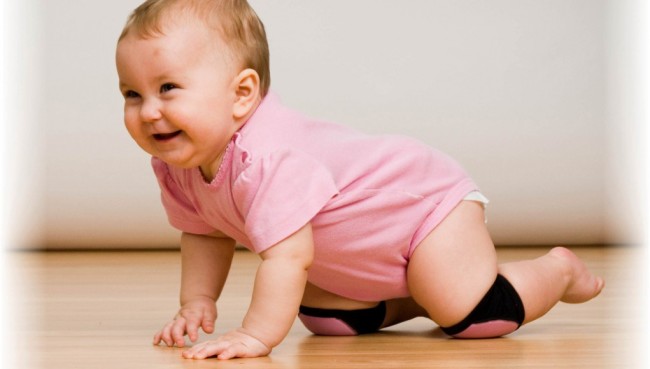
Even if you removed all potentially dangerous objects from the child’s reach, never be sure that he cannot get it to anything and do not leave him alone so that the training is not related to loneliness. If you are busy housework, then place the baby in the same room and limit the space to with toys and plastic figures for the development of fine motor skills.
Many parents are afraid when their child crawls not like other children, however, it should be taken into account by his individual development and give him freedom to independently deal with such a complex process. Additionally, it is worth noting the fact that most children scream during crawling. Experts argue that in this way the baby is easier to cope with the respiratory load with new exercises for his muscles, so a scream that does not reach hysteria should also not cause concerns in households.
Video Council: How to teach a child to crawl?
A detailed video will help to find out additional subtleties of learning:




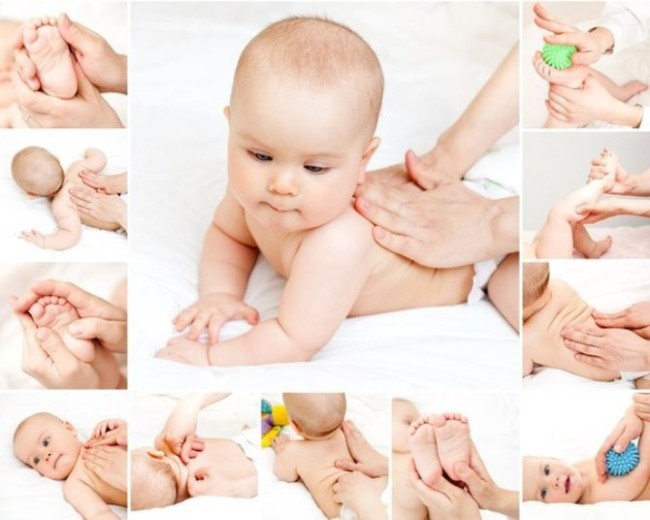

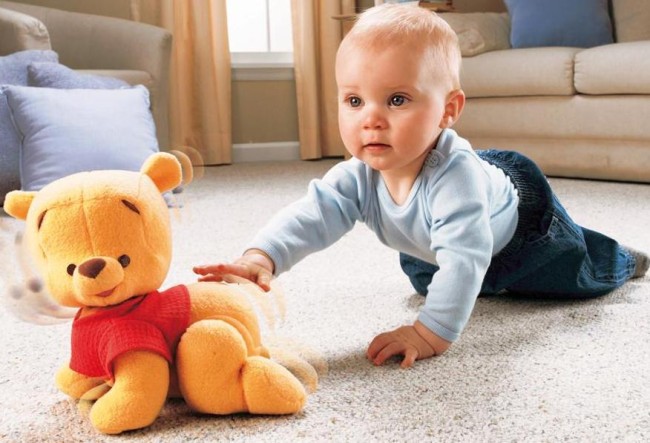
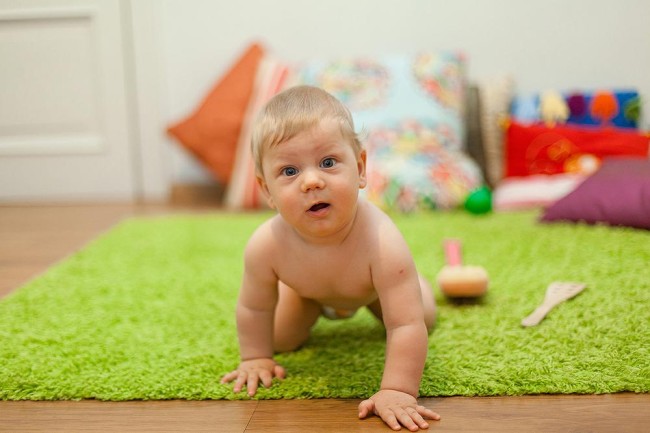







Comments
a couple of years ago, there was no side of metrogils from the same problem, there were no side effects ...
I’m not a fan of peeling at all, it saves from acne of metrogil, it also smoothes it ...
Great article! ...
I take the second course of the Capsules Climafite 911. The tides went very quickly. It became calmer, irritability went away and I sleep well ...
i also noticed - it is worth nervous, everything immediately affects the face. Therefore, I try to avoid conflicts and unpleasant people. Of the creams, I like Miaflow from wrinkles - smoothes not only small wrinkles ...